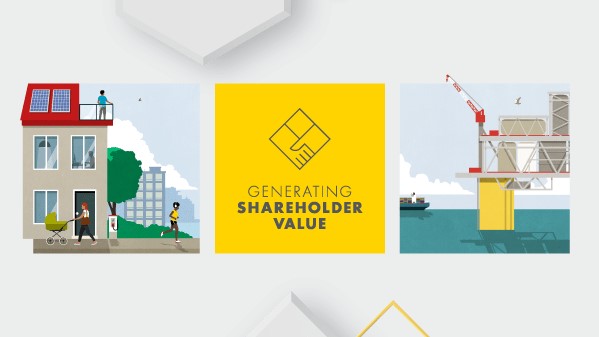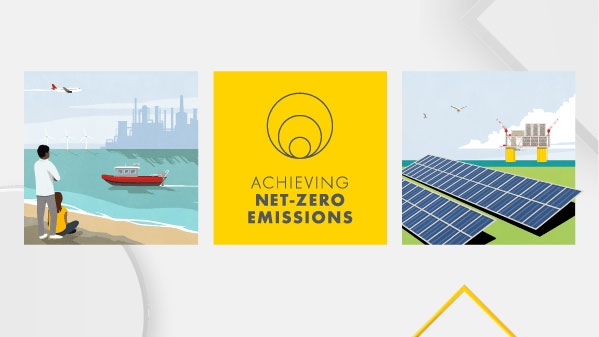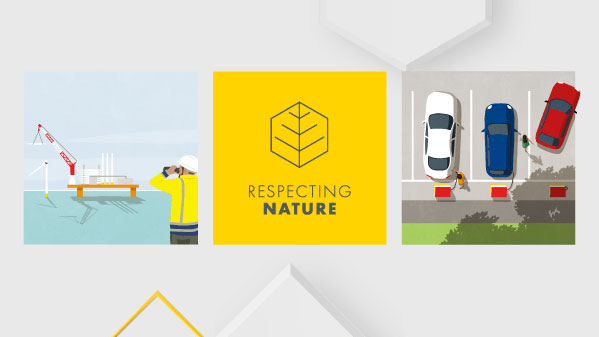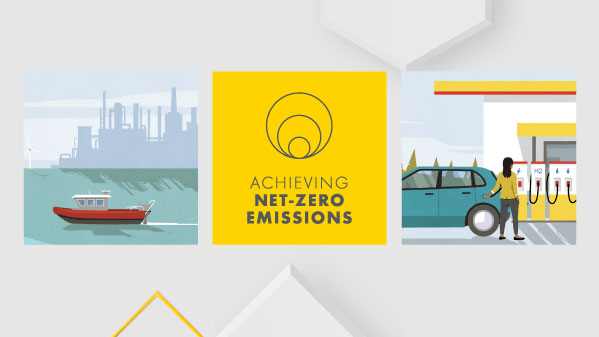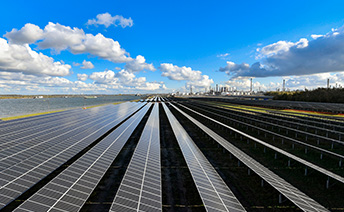Australian Industry Greenhouse Network (AIGN)
AIGN is a network of industry associations and businesses which contributes to debate on policies linked to climate change.[1]
Membership of board/executive committee: None
- 2022 assessment outcome: Aligned
- 2021 assessment outcome: Aligned
Summary
Shell benefits from its membership of AIGN, especially in relation to joint industry action on climate change to promote the sustainable development of Australia’s industrial resources.
We have found AIGN to be aligned with our climate and energy transition-related policy positions.
We will encourage AIGN to:
- Further support accelerating electrification using renewable and low-carbon power sources.
We will remain a member of AIGN. We will continue to engage the association on climate and energy transition topics. We will continue to track alignment between AIGN’s climate and energy transition-related positions and our own.
Further information
Click on the sections below to read more.
Paris Agreement and net-zero emissions
- AIGN has stated support for the temperature goal of the Paris Agreement.[2] [3]
- AIGN has stated support for the Australian target of net-zero emissions by 2050.[4] [5]
- In its response to the Climate Change Bill 2022, AIGN stated support “for the objectives of the bill to legislate Australia’s emissions reduction targets (43% off 2005 levels by 2030 and net-zero by 2050)”.[6]
Carbon pricing
- AIGN has stated its “climate change policy principles establish a preferred framework” that includes establishing “a long-term price signal across the whole economy” and not exposing “Australian export- and import-competing industry to costs not faced by these industries in other countries”.[7] [8]
- In its 2022 Annual Report, AIGN stated “Article 6, international carbon markets, will play an important role in accelerating the transition to net zero emissions.”[9]
- In its response to the Climate Change Bill 2022, AIGN stated that “the Emissions Reduction Fund, the Safeguard Mechanism, and other complementary policies, will need to evolve into mechanisms capable of incentivising cost-effective large scale and rapid mitigation outcomes. Changes to the safeguard mechanism over time to expose entities to both an ‘upside’ and a ‘downside’ incentive to reduce emissions by enabling crediting for below-baseline abatement alongside obligations to purchase allowances for any emissions above baselines. The success of this approach will be dependent on the detailed policy design.”[10]
Energy efficiency
- AIGN has stated that “governments can best support investment in industrial business energy efficiency by providing a stable, nationally integrated, energy and climate change policy environment in which policy risks are minimised.”[11]
Decarbonised hydrogen
No position
Natural ecosystems
- AIGN has stated that “Australia’s future greenhouse policy measures should address all emission sources and sinks.”[12]
- In its 2022 response to the Climate Change Authority’s Review of international offsets, AIGN stated that it is “strongly in support of governance arrangements to ensure any international units acquitted in Australia represent genuine emissions reductions”.[13]
Carbon capture and storage
- AIGN has stated that “Australia’s future greenhouse policy measures should address all emission sources and sinks.”[14]
Environmental, social and governance (ESG) standards and benchmarks, sustainable finance taxonomies
- In its 2022 Annual Report, AIGN stated: “The cornerstone of Australia’s climate change policy suite continues to be the National Greenhouse and Energy Reporting Scheme.” It also stated that the NGER “data source underpins Australian climate change and energy policies, including the Renewable Energy Target, the Emissions Reduction Fund, and the Safeguard Mechanism”.[15]
Coal
No position
Electrification with renewable or low-carbon power
No position
Gases and methane
No position
Road transport: Passenger cars and vans
No position
Road transport: Heavy-duty vehicles
No position
Heavy industry decarbonisation
No position
Aviation
No position
Shipping
No position
Return to list of associations[1] https://www.aign.net.au/index.html
[2] https://www.aign.net.au/analysis.html
[3] https://www.climatechangeauthority.gov.au/sites/default/files/2022-04/13.%20AIGN.pdf
[4] https://www.aign.net.au/documents/AIG2495_Annual%20Report_Online_FA.pdf
[5] https://www.aign.net.au/documents/Climate%20Change%20Bill%202022%20AIGN%20Submission%20Rev1.pdf
[6] https://www.aign.net.au/documents/Climate%20Change%20Bill%202022%20AIGN%20Submission%20Rev1.pdf
[7] https://www.aign.net.au/documents/AIGN%20Climate%20Change%20Policy%20Principles.pdf
[8] https://www.aign.net.au/documents/AIG2495_Annual%20Report_Online_FA.pdf
[9] https://www.aign.net.au/documents/AIG2495_Annual%20Report_Online_FA.pdf
[10] https://www.aign.net.au/documents/Climate%20Change%20Bill%202022%20AIGN%20Submission%20Rev1.pdf
[11] https://www.aign.net.au/analysis.html#section-re
[12] https://www.aign.net.au/documents/AIGN%20Climate%20Change%20Policy%20Principles.pdf
[13] https://www.climatechangeauthority.gov.au/sites/default/files/2022-04/13.%20AIGN.pdf
[14] https://www.aign.net.au/documents/AIGN%20Climate%20Change%20Policy%20Principles.pdf
[15] https://www.aign.net.au/documents/AIG2495_Annual%20Report_Online_FA.pdf

